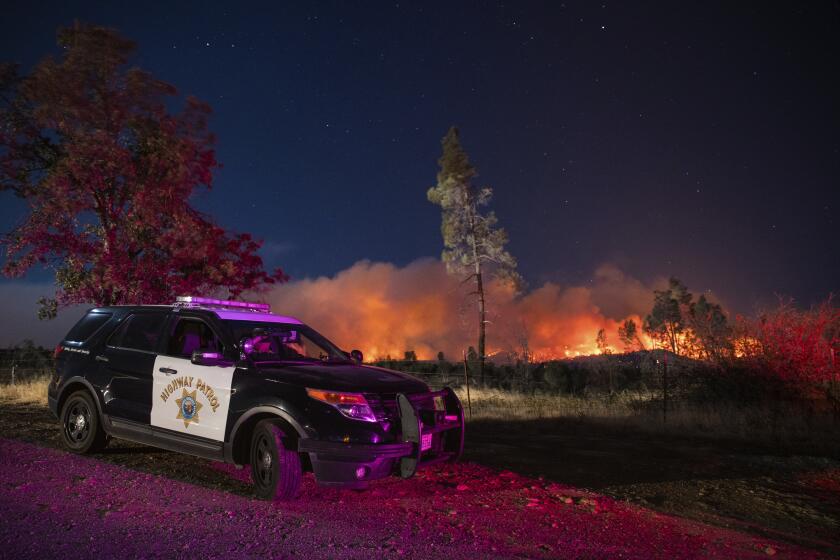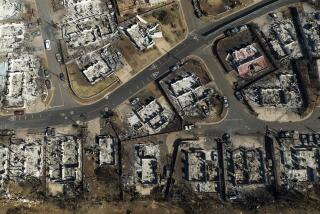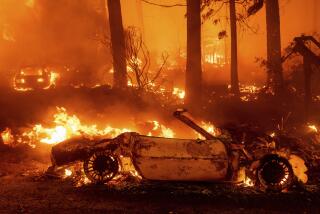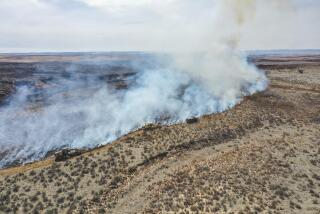Last year’s Zogg fire was sparked by tree hitting PG&E power line, investigators say
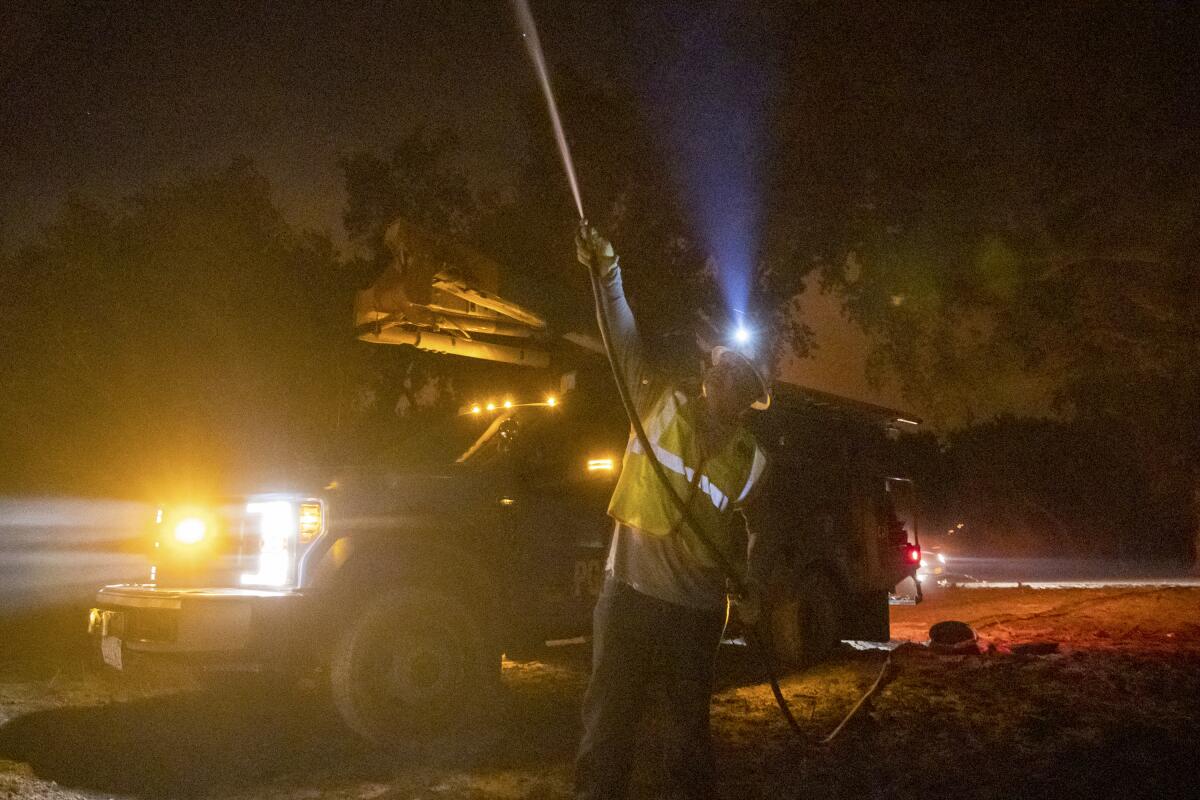
The Zogg fire in Northern California, which killed four people and destroyed more than 200 buildings last year, was ignited when tree branches came into contact with Pacific Gas & Electric power lines, officials said Monday.
Investigators with the state Department of Forestry and Fire Protection seized equipment belonging to PG&E in the weeks after the blaze tore through rural communities in Shasta and Tehama counties in September and October.
“After a meticulous and thorough investigation, Cal Fire has determined that the Zogg fire was caused by a pine tree contacting electrical distribution lines owned and operated by Pacific Gas & Electric located north of the community of Igo,” the agency said in a short news release.
PG&E did not immediately respond to a request for comment late Monday.
When the Zogg fire tore through the town of Igo on Sept. 27, it took the lives of Karin King, Kenneth Vossen, Alaina Rowe McLeod and Feyla McLeod.
The investigative report has been forwarded to the Shasta County district attorney’s office, Cal Fire said.
The blaze erupted Sept. 27 in Shasta County during high winds and quickly grew, killing four people in Igo, which has a population of 600. It later spread to neighboring Tehama County.
The fire scorched more than 88 square miles and destroyed 204 buildings, about half of them homes, over two weeks.
PG&E, the nation’s largest utility, emerged from bankruptcy stemming from the financial fallout from several devastating wildfires caused by its utility equipment that killed more than 100 people and destroyed more than 27,000 homes and other buildings in 2017 and 2018.
More to Read
Sign up for Essential California
The most important California stories and recommendations in your inbox every morning.
You may occasionally receive promotional content from the Los Angeles Times.
